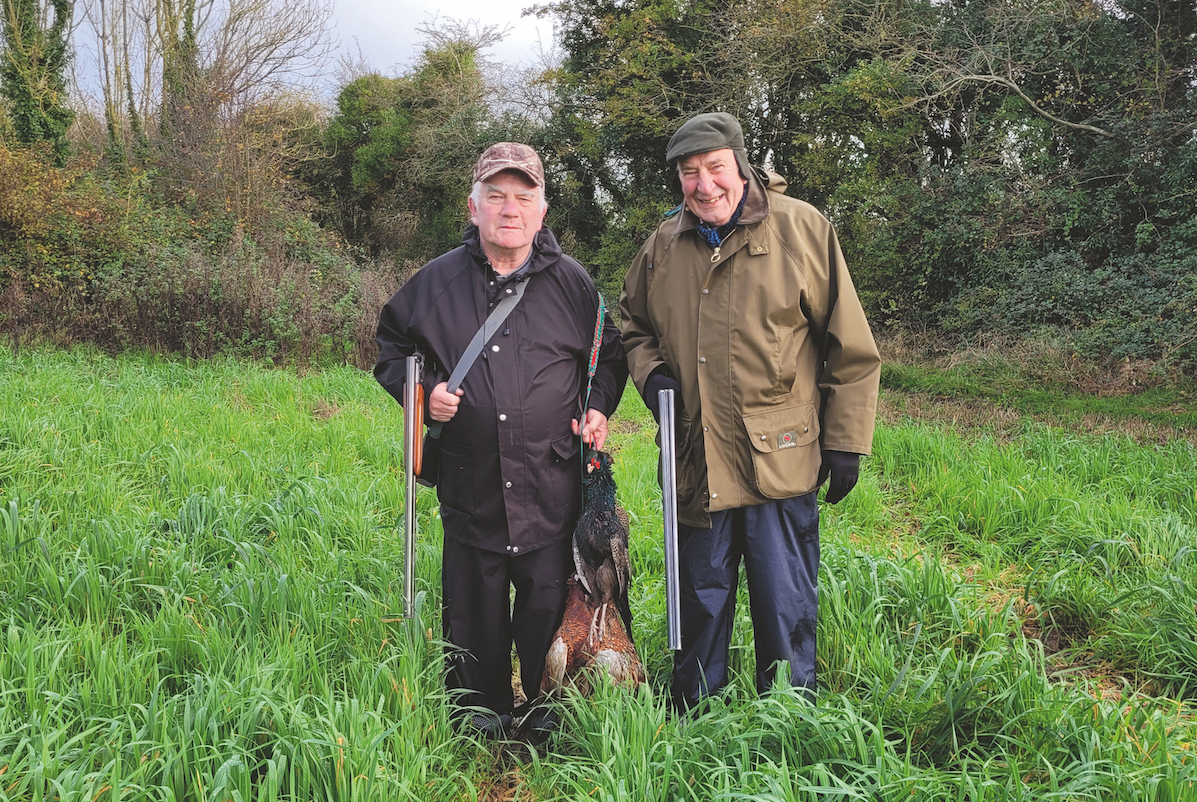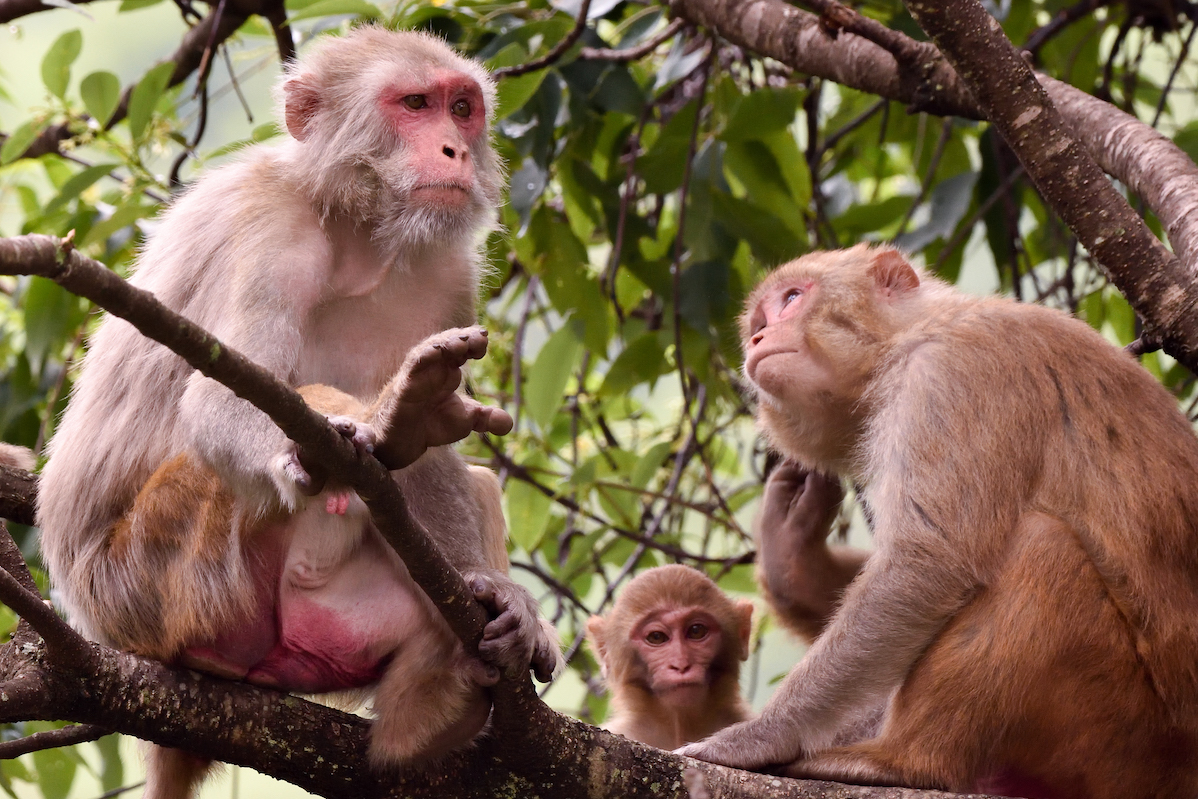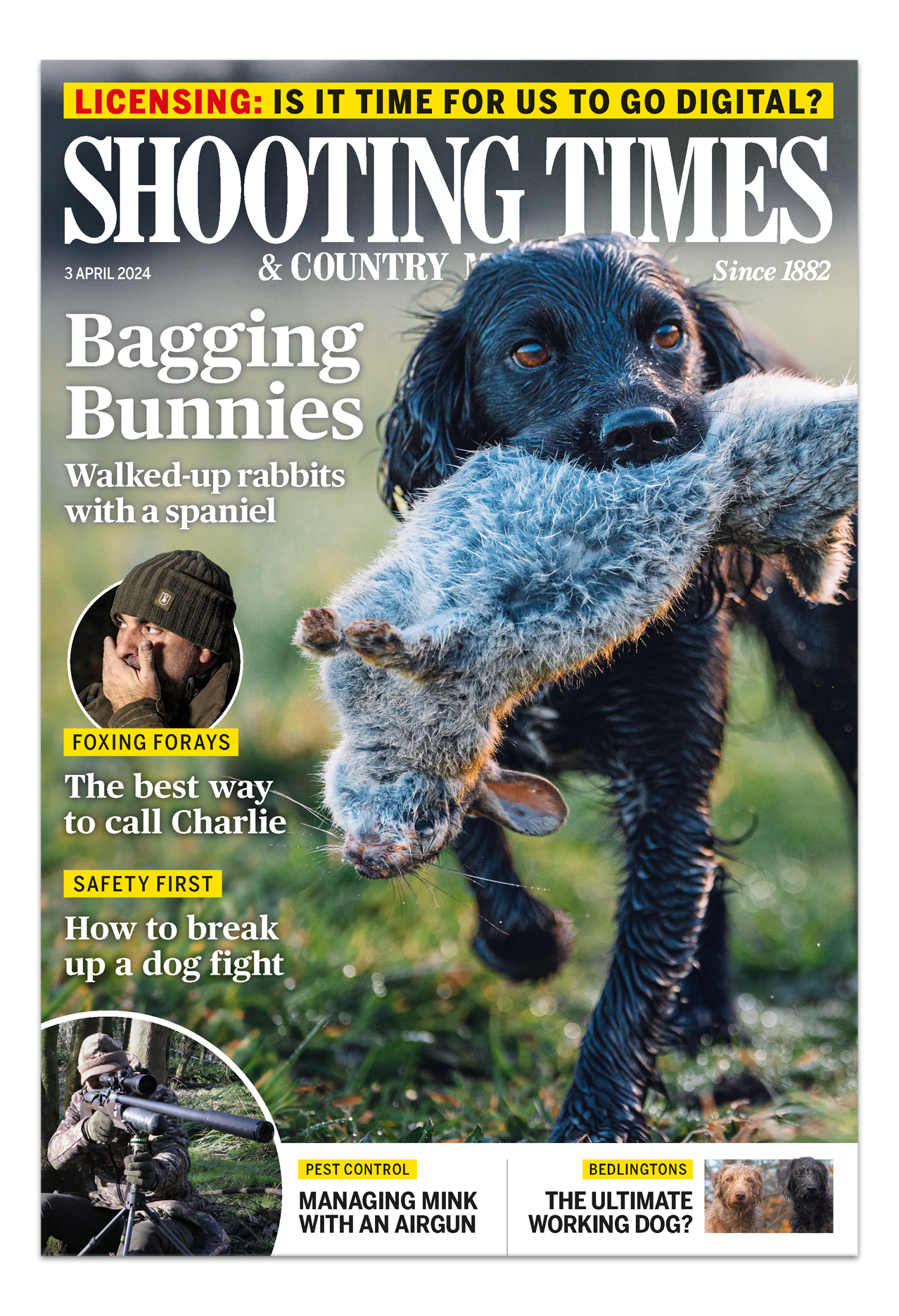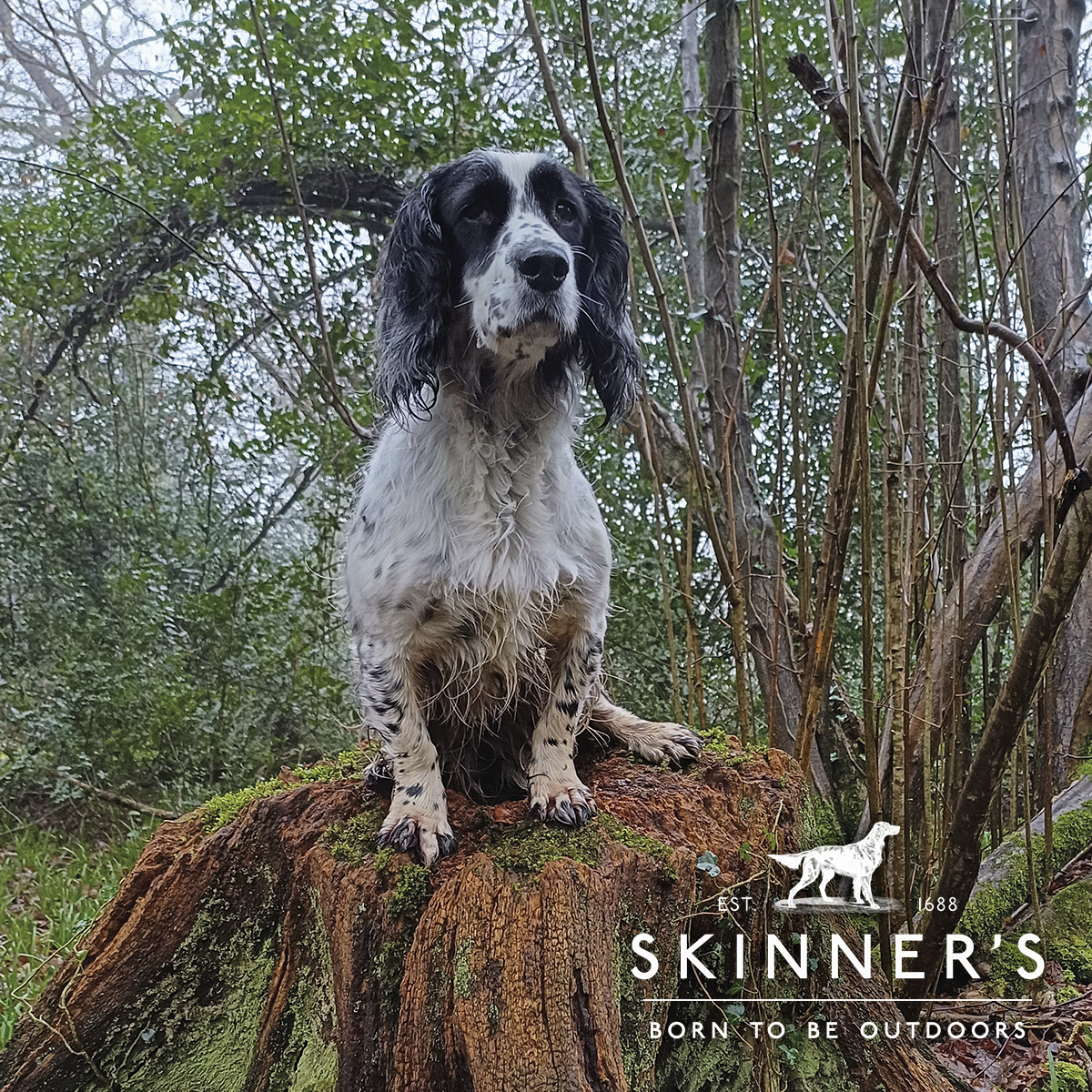What makes a game bird fly well on shoot days?
Headkeeper David Whitby looks at the factors that affect how well a game bird will fly on a shoot day
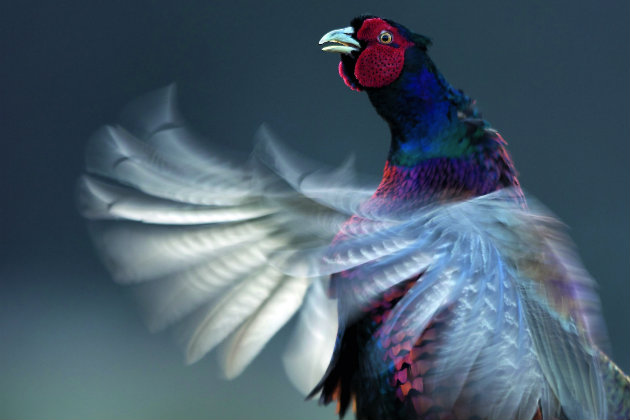
Changes in atmospheric pressure affect the curvature of a bird's wing, thereby altering the quality of its flight
What makes our game birds fly well one day only to perform poorly the next? No one wants low birds that present little challenge and result in an inedible carcass along with a feeling of ‘really, what is the point?’ At the opposite end of the scale, the cruelty of excessive-range shooting is not only unacceptable but leaves a similar ‘what is the point’ feeling for a good number of participants.
However, the thing about high-bird shoots is that regardless of weather conditions, they rarely struggle with poor-flying game. If you drive your birds off a cliff, over a valley or the side of a mountain, chances are they will open their wings and provide a testing shot. Some days will be better than others of course because wind, sun, fog, atmospheric pressure and snow will influence even the highest of high-bird shoots, though perhaps not as drastically as on lightly undulating land.
What is it that influences our days?
For those of us who manage mixed traditional woodland pheasant shoots, well capable of showing good birds when correctly presented under favourable weather conditions, what is it that influences our days so drastically?
First, we need to start with the stock – good, strong, well-fed pheasants that are at least 20 weeks of age. Protein in wheat varies dramatically and only high protein will lead to strong-flying birds – the attitude ‘it will do for the pheasants’ is not good enough if you wish to hold and show testing birds. Likewise, the strain of birds is important, especially on flat topography. Choose the stock that suits your shoot, not just in terms of showing but also holding. Michigan blues may well outperform others in the air, but returns are generally poor. Alternatively, the large, fat strains that resemble and fly like Rhode Island red chickens may hold well, but again, ‘what is the point’?
A game bird will fly best when pushed toward home
Secondly, birds fly better and with purpose if they have a desired direction. I have often seen shoots put a release pen in their highest woods to ensure sufficient game within the drive. Good birds fly best when pushed toward home, not from it.
Ample flushing points and good use of sewelling and flushing wire are also vital if the most is to be made of a drive. Increasingly we face a leafy canopy well into November. This is dense overhead cover that pheasants will fly under, or find a small gap in, meaning all take the same line over one or two well pegged guns. It’s important to have sufficient breaks in the trees to allow birds to rise at different intervals, particularly until the leaves have shed, as well as swelling. It is pointless pushing birds through a drive and past its optimum height, only to have a flush just in front of the guns. Sewelling is designed to put pheasants on the wing where you want them to lift. I do not know how any woodland shoot manages without swelling or flushing wire. Low flushing wire may also be used to produce several smaller fl ushes at breaks within cover crops.
Is the drive being pushed in the correct direction to maximise its potential? This is often where beaters’ days are useful, giving the opportunity for trial and error with a forgiving and grateful team. Turning things around may not only give surprising results, but also catch out late-season birds.
Weather may make or break a day
These are some of the management decisions that are within our control; the decisions that keepers make to influence flying results. Get these wrong and it reflects performance. But what of climatic conditions over which we have no influence? The weather may make or break a day, regardless of how well managed and prepared your shoot is.
It is quite by coincidence that having started this article, I produced one of my worst days for many years – a complete catalogue of everything I attempt to avoid when running a shoot. Birds flew poorly, guns waited an eternity before they started to shoot, there were large flushes at the drive’s end and most of the shooting was confined to a small number of pegs.
The circumstances leading to such a poor performance were textbook for disaster. November 10 was a sunny, warm, still day. Furthermore, not only were leaves still on the trees, they had barely started to turn brown. All but one of the drives were first time through and atmospheric pressure was high – very high. As with any woodland shoot, we do not have a full repertoire of drives available until at least part of the canopy has fallen, but at the season’s start there is plenty of game to choose from and being selective is usually essential to avoid an ‘early bath’. Many of our drives are in two or three parts and, using a combination of our ample woodland in conjunction with cover crops, we attempt to produce testing birds from different angles spread over the entire line of guns. It does not always work; wind may make or break such efforts, as may a total lack of it, but when things do go according to plan we all have a feel-good factor.
On this particular day pheasants simply did not want to fly. Those that lifted in the early part of the drive simply pitched back in and this caused an intolerable wait for the guns. As the drive approached its end, I was faced with large uncontrollable flushes, all lifting from one small part of the drive – they then concentrated over a limited section of the gun line.
The most important influence on any day is that of atmospheric pressure: high usually means bright sun and clear skies, low just the opposite. To understand its effects, we have something called the Bernoulli Principle. Daniel Bernoulli was a Swiss mathematician born in 1700. He is famous for lots of research, and the one applied to flight states that greater air speed lowers air pressure. Birds use air pressure as a pushing force to create wing lift. Bernoulli discovered that as the air speed increases, the air pressure decreases the curvature of a wing and causes air to travel faster over the top, thus reducing air pressure on the upper wing. This in turn allows greater pressure from below to push the bird up and fly more strongly.
I will take fog, rain, freezing cold and even snow in preference to high atmospheric pressure – there is nothing we can do to combat it, just ask Bernoulli!
When game shooting, which birds will be best for eating?
Liam Bell If your birds are retrieved by a soft-mouthed dog, cooled as soon as possible after being shot, and…
I can’t hit birds out in front when game shooting!
I’m fairly competent at game shooting, but I do struggle on higher birds and can’t kill them in front, as…
Should I shoot game birds with a side-by-side or over-and-under?
Side by side shotguns are loved by traditionalists. Many Guns start shooting with a side-by-side shotgun (which they have possibly…




